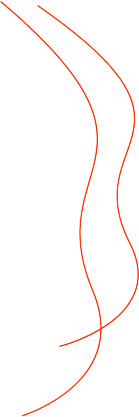POST-TENSIONED SLABS
SPECIALISED ENGINEERING SOLUTIONS FOR STRUCTURES
Design Solution
Ravimax carries out complete designs for post tensioning concrete application. Experience and expertise gained from working on projects around the world, are combined to deliver prompt, effective solutions, The company uses the latest design software which is continually updated to reflect current international construction code of practice
.
Ravimax specialists help structural engineers determine the most appropriate option for their specific projects requirements at early stage using extensive value engineering.
Ravimax can provide a detailed scheme with sufficient information for tender purposes, Upon execution, the company’s specialized design team will develop the design and provide shop drawings (Framing plan, Top & Bottom Reinforcement plan, PT layout & etc.) for construction





What Is Post-Tensioning And Why Is It Used?
Concrete is very strong in compression but weak in tension, i.e. it will crack when forces act to pull it apart. In conventional concrete construction, if a load such as the cars in a car park is applied to a slab or beam, the beam will tend to deflect or sag under the load. This deflection will cause the bottom of the beam to elongate slightly and even a slight elongation is usually enough to cause cracking.

Reinforcing Steel To Add Strength
Steel reinforcing bars (“reo”) are typically embedded in the concrete as tensile reinforce- ment to limit the crack widths. Reo is what is called “passive” reinforcement however; it does not carry any force until the concrete has already deflected enough to crack. Post-tensioning tendons, on the other hand, are considered “active” reinforcing. Because it is pre-stressed or pre -loaded, the steel tendon is effective as reinforcement even though the concrete may not be cracked.
Prestressing As A Means Of Strengthening Concrete
Post-Tensioning is a method of reinforcing concrete structures by prestressing or pre-loading the structure. This is called Load Balancing where prestressed concrete has internal stresses (forces) induced into it during the construction phase for the purpose of counteracting the anticipated external loads that it will encounter during its life cycle. Prestressed structures can be designed to have minimal deflection and cracking, even under full load because the loads are balanced by internal prestressing forces.. The compression that results from the prestressing also counteracts the tensile forces created by subsequent applied loading (cars, people, even the weight of the structure itself when the formwork is removed). This significantly increases the load-carrying capacity of the concrete.
Enquiry Now






